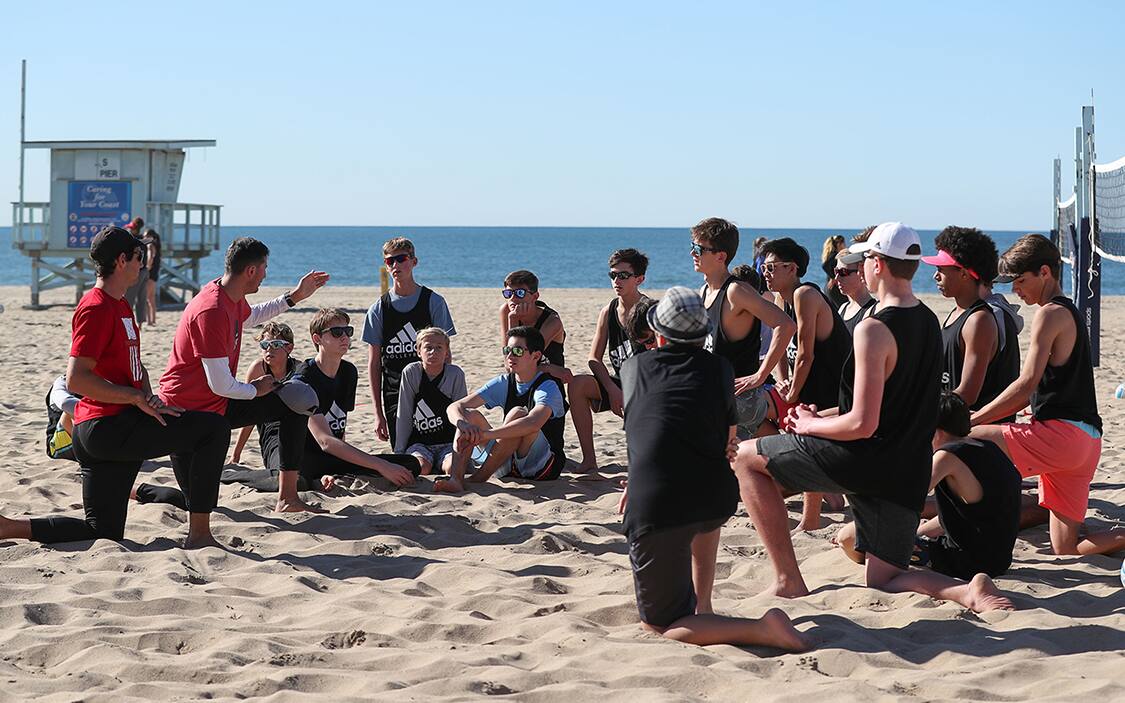
The Best Learning Environment Possible
Be sure to create drills that create the most efficient (and most fun) learning environment possible.
Resources for
Follow USAVolleyball
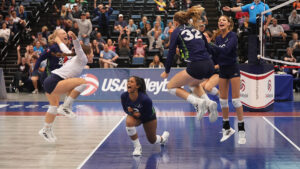 USA Volleyball Education is focused on improving developmental and educational opportunities across the sport of volleyball from grassroots to the national team level. Our goal is to provide the opportunity to access, complete and apply high-quality information and methods in the technical, tactical, physical and emotional aspects of the game for athletes and coaches while providing training, support and resources for other key stakeholders including officials, parents and clubs.
USA Volleyball Education is focused on improving developmental and educational opportunities across the sport of volleyball from grassroots to the national team level. Our goal is to provide the opportunity to access, complete and apply high-quality information and methods in the technical, tactical, physical and emotional aspects of the game for athletes and coaches while providing training, support and resources for other key stakeholders including officials, parents and clubs.
For years, the focus of volleyball in many areas and across various levels shifted to a mindset of winning at all costs.
What we now know is that the most successful teams in the world have developed a model of training and a culture that supports a holistic approach to athlete development which not only sets them up for competitive success on the court, but values and emphasizes the important of athlete health, well-being and long-term involvement in the sport.
The USA Volleyball Development Model was created based on the idea that volleyball in the U.S. could be taught differently, resulting in long-lasting positive outcomes across all measures of performance while keeping kids involved and loving the game longer.
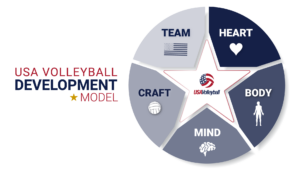
The five pillars of the USA Volleyball Development model provide the basis for a holistic approach to the core elements that are vital to supporting development at every level and across age groups.
USA Volleyball Education is committed to providing support for the volleyball community with a role-based approach to education and training. Whether you’re planning practices, cheering from the stands or making the right call, we provide the tools and resources to help you succeed.
USA Volleyball partner Sports Imports has provided USA Volleyball coaches with drills for use with their Trainer+ and The Vertec.
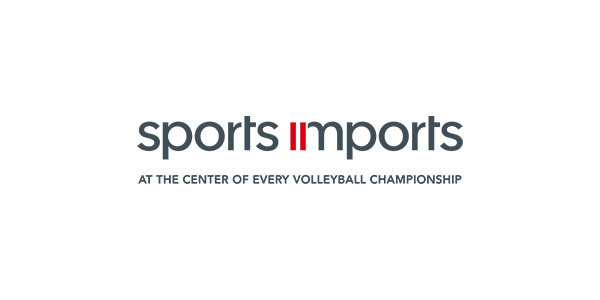

Be sure to create drills that create the most efficient (and most fun) learning environment possible.

As youth sports are returning from shutdown, here's how coaches can help balance safety and the return to volleyball.
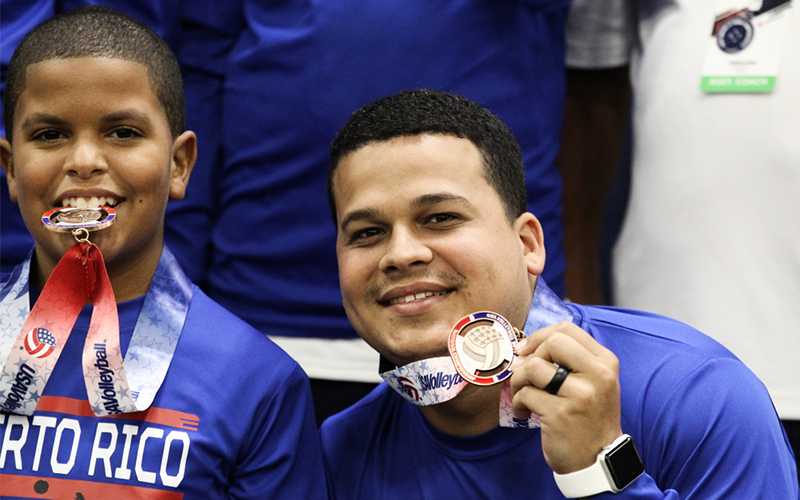
John Kessel reflects on the his most important job as a coach: developing leaders and citizens, not just volleyball players.
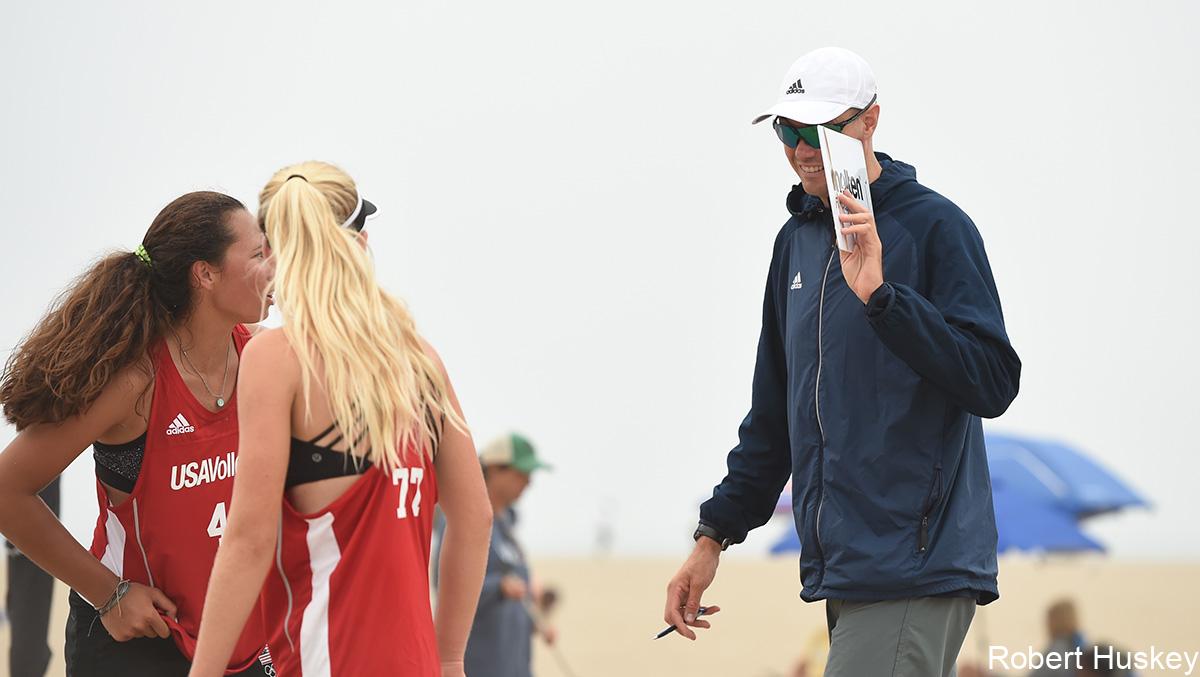
This article is designed to offer volleyball coaches, sports educators and sports camp coordinators the resources to operate a successful single-day beach volleyball clinic for all ages, kids and adults.
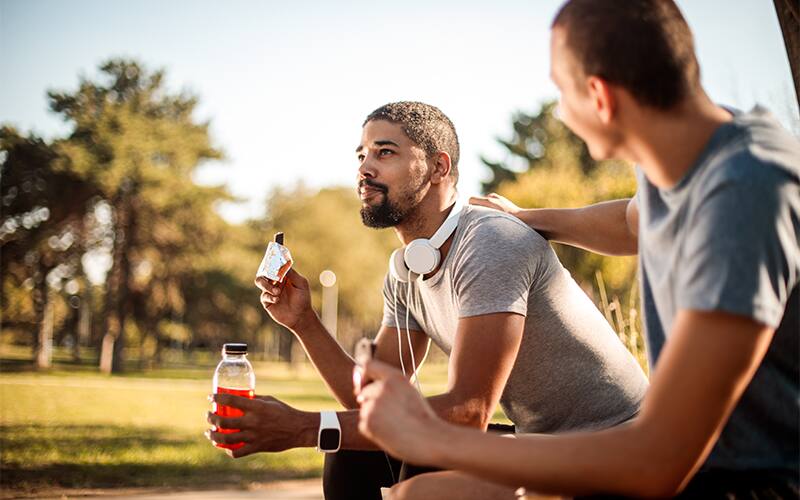
Let your child feel their feelings, and find out the source of the anxiety.
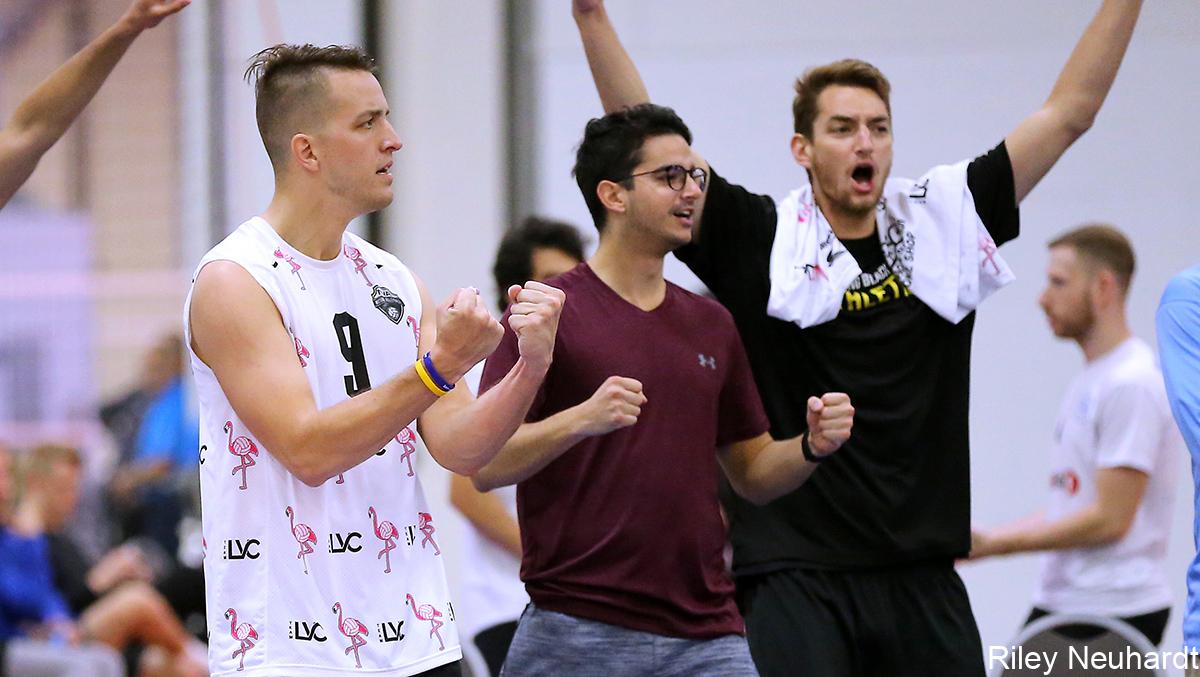
Many coaches spend a great deal of time focusing on the skills of serving, passing, setting, spiking, blocking and digging. What is sadly lacking and even ignored however is help for players in the most important skill, READING.
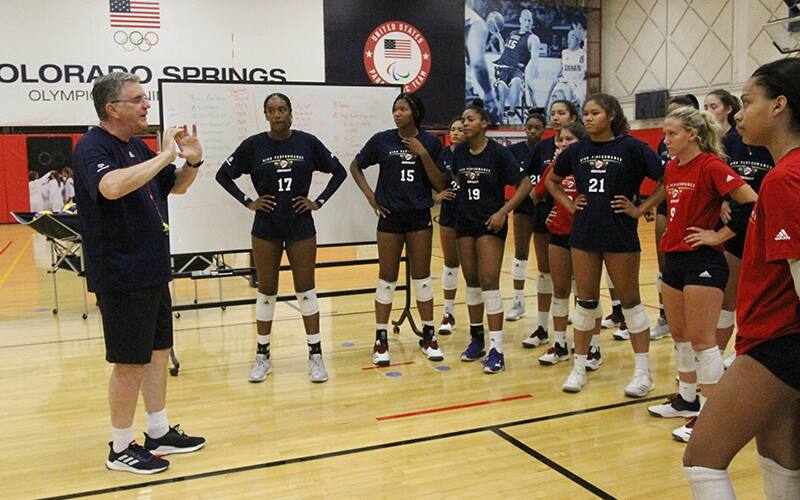
In his latest blog, John Kessel offers suggestions about how to keep learning and improving while at home.
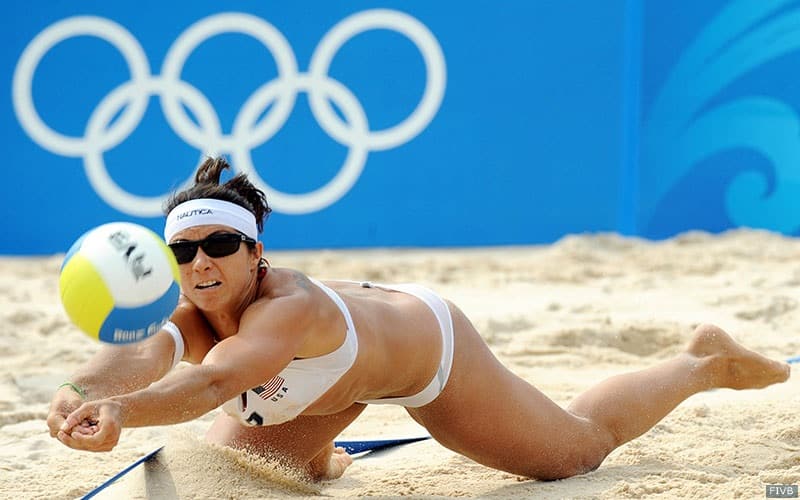
USA Volleyball Hall of Famers tell why volleyball is special to them
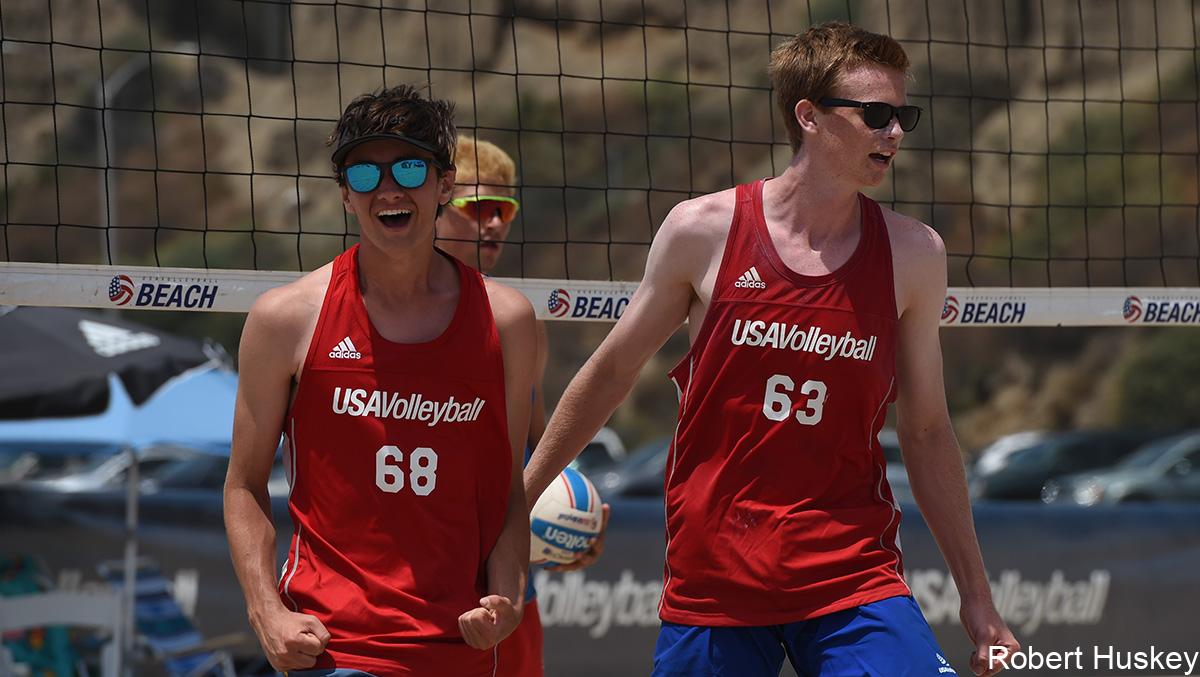
Every coach asks for new drills to make their kids better, searching the web, attending clinics and by reading drill books. After decades of coaching, creating and collecting, here is a list of the top 166 drills.

As a parent during these times, the correct way to talk to your kids about COVID-19 might feel like walking a tight rope.
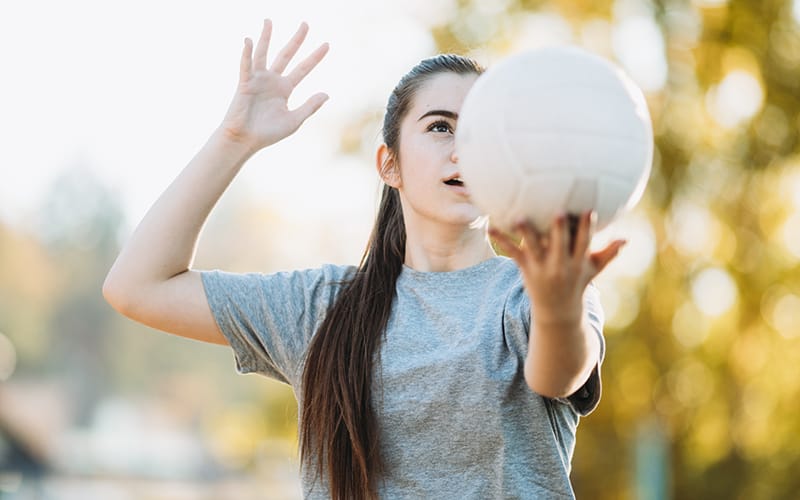
Over the next few weeks, you can do some solo drills at home to work on your game.
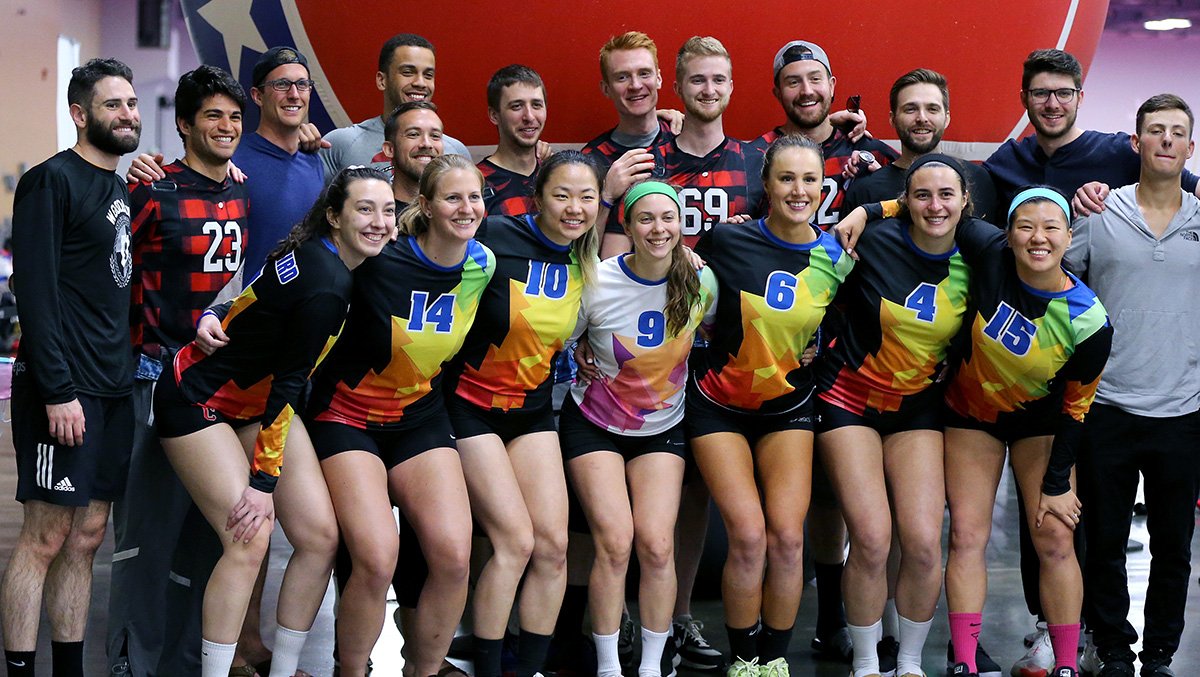
When working with kids, parenting at home, teaching in the classroom, or coaching in the gym, we are all doing the same thing, teaching.
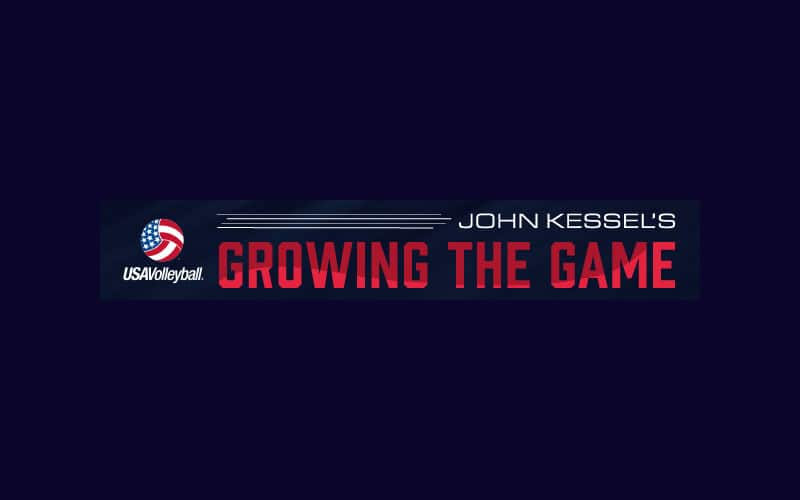
It's important to make your feedback as a coach more effective in practice, competition and life.

While individual athletes might know how to persevere while pursuing their goals, it can be tough for a coach to bring those lessons to a whole team.
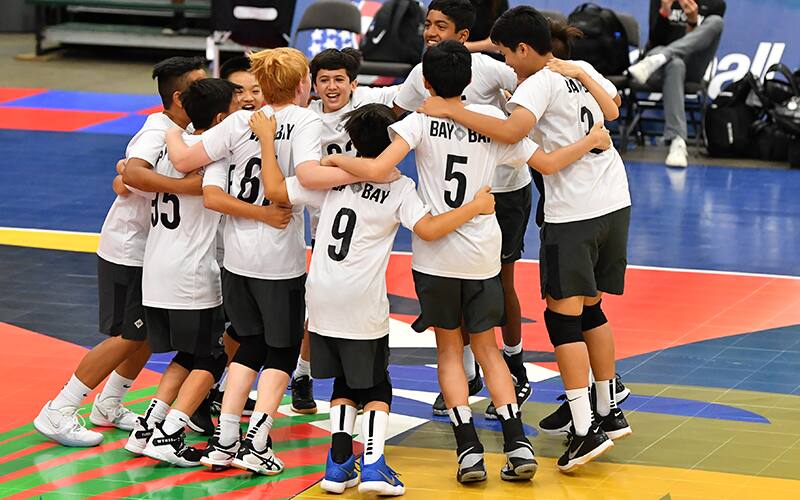
When it comes to errors, every volleyball player makes them. Look at errors on multiple levels to provide learning opportunities.
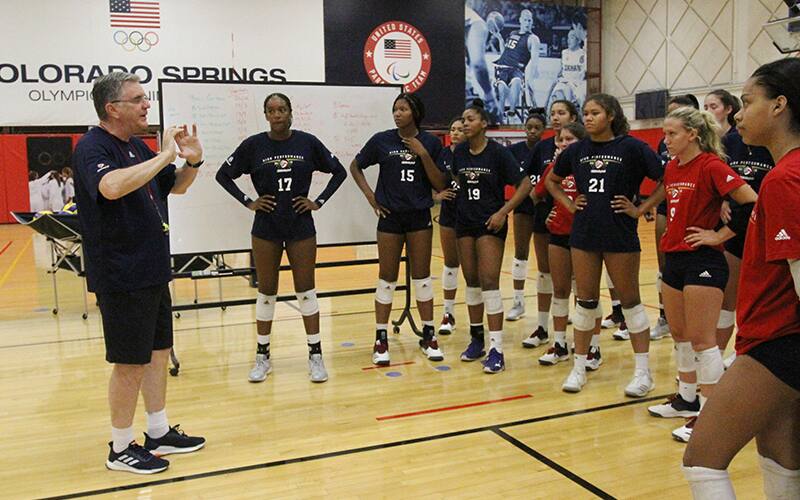
Sometimes you have to change your goals once the season starts. How can you guide your athletes to achieve success when that definition has changed?
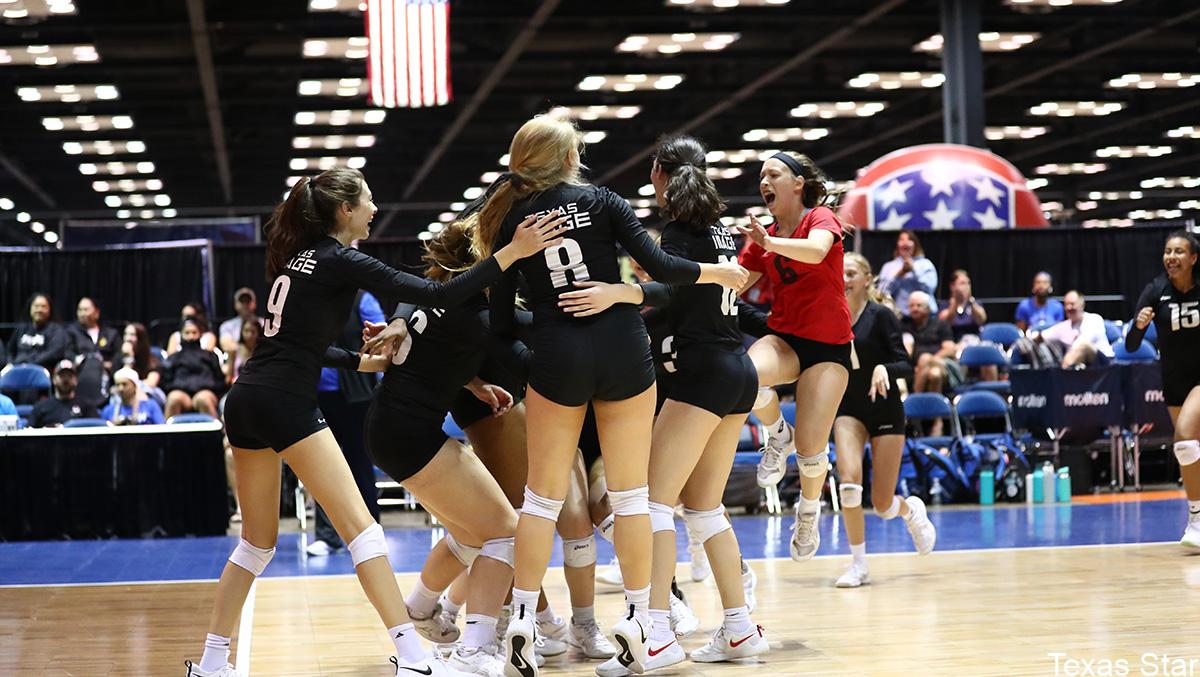
How can we get our coaches and players to change from the powerful tradition/habit of half-court. not over-the-net training seen at all levels, to using the net all the time?

Whether you’re a coach or parent to a young athlete, the way that you praise them after a competition can have a deep impact. Wade Gilbert, PhD, a professor at California State University in Fresno and a Team USA Coaching Consultant, has some advice on how to praise your athlete in a way that will...
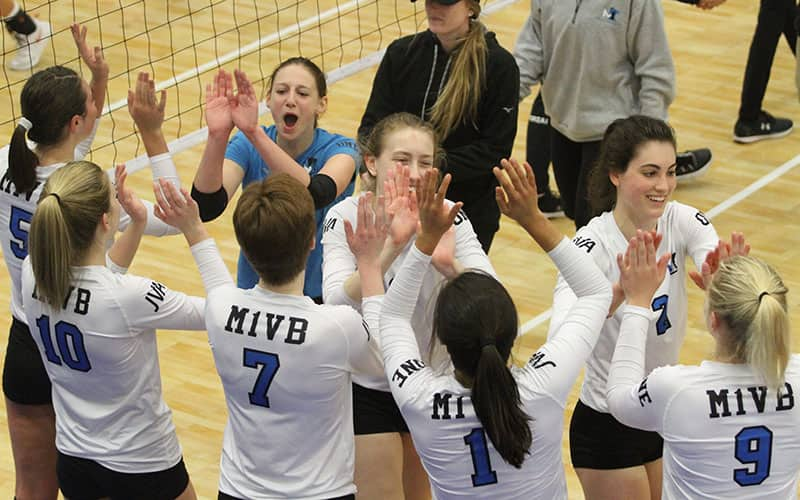
Far too much of athletes' time is spent not working and doing, but standing in line or listening to a coach talk.